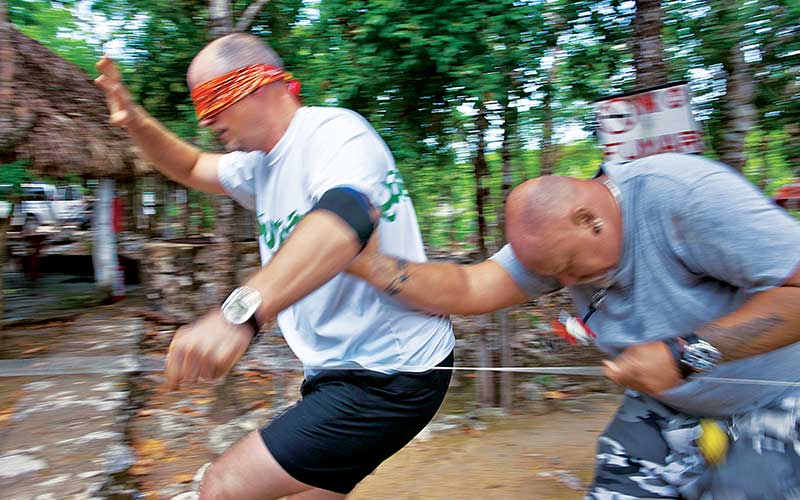After thousands of dives — many remote, under ice or in the company of dangerous animals, I thought I had conquered all my diving fears. That’s when I got an assignment for National Geographic that put me back into dive school. To the viewer, it may seem like the images we make for National Geographic are “found objects”: opportunities that appear in front of our cameras that we just happen to snap because we are at the right place at the right time. Sure, sometimes it happens that way, but for the most part every image I have made starts at the drawing board. I spend weeks or even months doing research, preparation and planning before I ever get to push the shutter.
My own creative process demands that I work backward. I first imagine the shot I want. I sketch it on a piece of paper; I talk to other photographers, scientists and explorers; I roam the Internet looking for specific locations, boats, experts, equipment, tides, the position of the sun, the weather — every possible variable that might affect my shot. With some images it takes months or even years for all the pieces to come into place. It is not that I am posing or staging things; I work hard to make sure I am at a place and time in which things are happening. And this is how I find myself in the jungles of Mexico’s Yucatan Peninsula with a knot in my stomach.
The shot I want to make demands that I dive almost 100 feet deeper than I ever have before (to approximately 300 feet) and that I work inside a flooded cave in the pitch black. I will have to rappel my camera, my rebreather and myself down a 70-foot line just to reach the start of the dive.
I have come to Playa del Carmen, Mexico, to learn how to cave dive at great depths using a rebreather. This morning my instructor, Matt, is teaching me how to navigate blindly inside the guts of a flooded cave. It doesn’t take long for my mind to start playing tricks on me — so many things can go wrong. Matt tells me cave divers must have perfect buoyancy; one fin kick into the sediment at the bottom of a cave can cause a dangerously disorienting “silt-out.” Over the past few days I have been hearing stories of divers who lost their way, had equipment malfunctions or simply panicked and lost their lives inside the caves. Some tried to claw their way out of the cave until their hands had no flesh left on the bones.

I am keen to learn about safety lines and the complex underwater language of cave diving. I am very aware of the knot in my stomach as Matt ties a sweaty bandana over my eyes to simulate complete darkness. He sets up a course in the middle of a small grove of trees to teach me how to navigate inside a cave. As I stumble over rocks and crash into trees while pretending to lay safety lines, I try to imagine I am deep inside a cave, alone and trying to find my way out. I have never been so focused in my life.
After we practice our drills over and over in the suffocating jungle heat, we finally get in the water for a real-life drill. I dive blindfolded to demonstrate my ability to navigate along a cave line solely by touch while maintaining perfect buoyancy; I find myself at peace and actually enjoying the moment. Matt tests my handling of emergency situations by purposefully tangling my fins and bailout regulator in the line. I must remain calm and focused and act with intention even in the most life-threatening circumstances.
This is only day three of my 17-day course, and I am already physically and emotionally spent. If I pass my Closed-Circuit Rebreather (CCR), Cave Diver and Deep CCR Trimix diver courses, I will be qualified to descend to the bottom of the deep and dark sinkhole to complete my assignment and connect the readers of National Geographic to this rarely explored underworld. I hope my training will provide the skills necessary to produce powerful, evocative images while working under the duress of being so deep in the darkness.
I am often asked why I go out and risk my life for National Geographic. The best answer is I don’t. My hope is that the kind of training I am doing today will make me a better, safer diver and ultimately a better photographer and storyteller.
© Alert Diver — Q1 Winter 2013